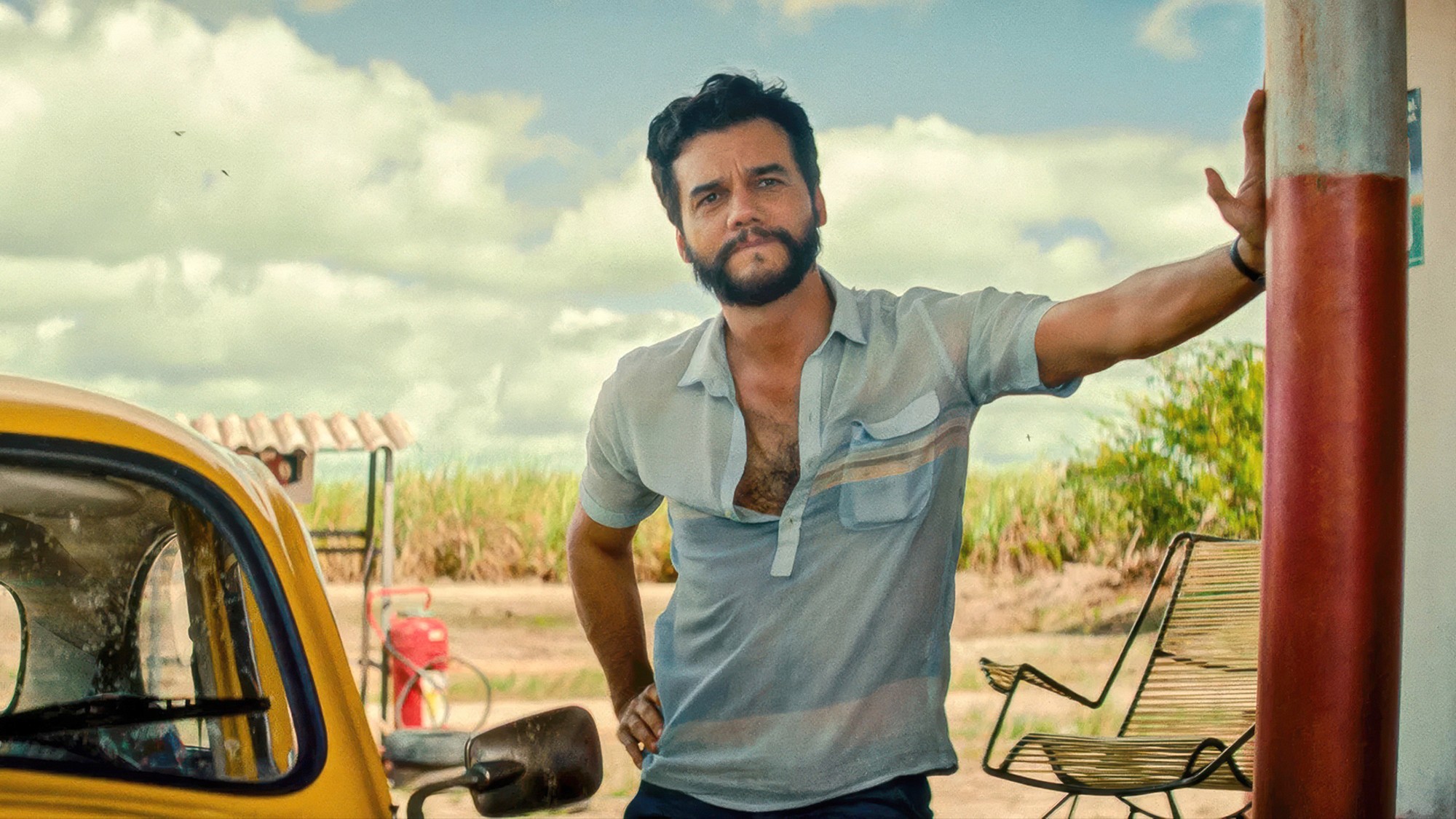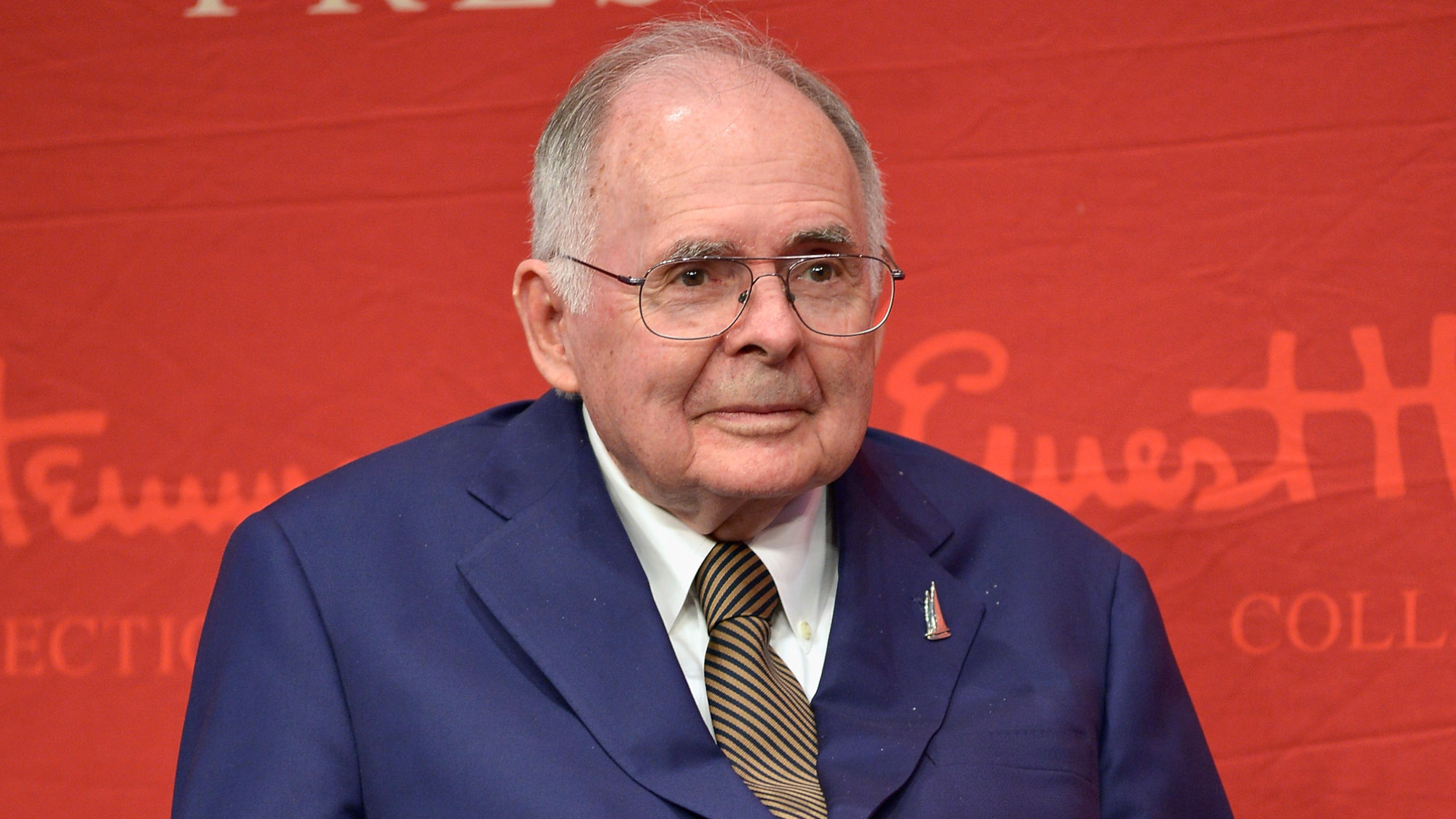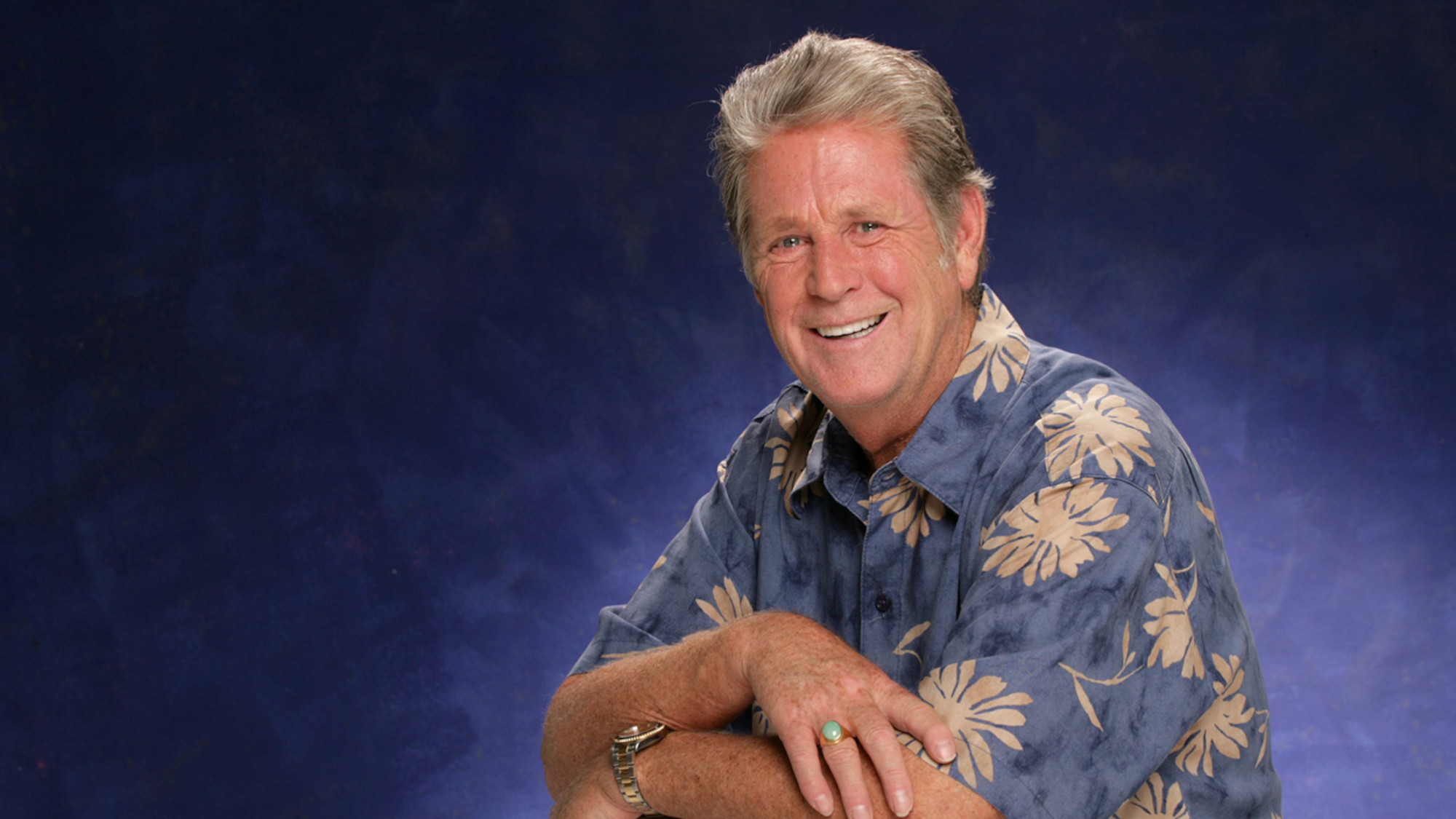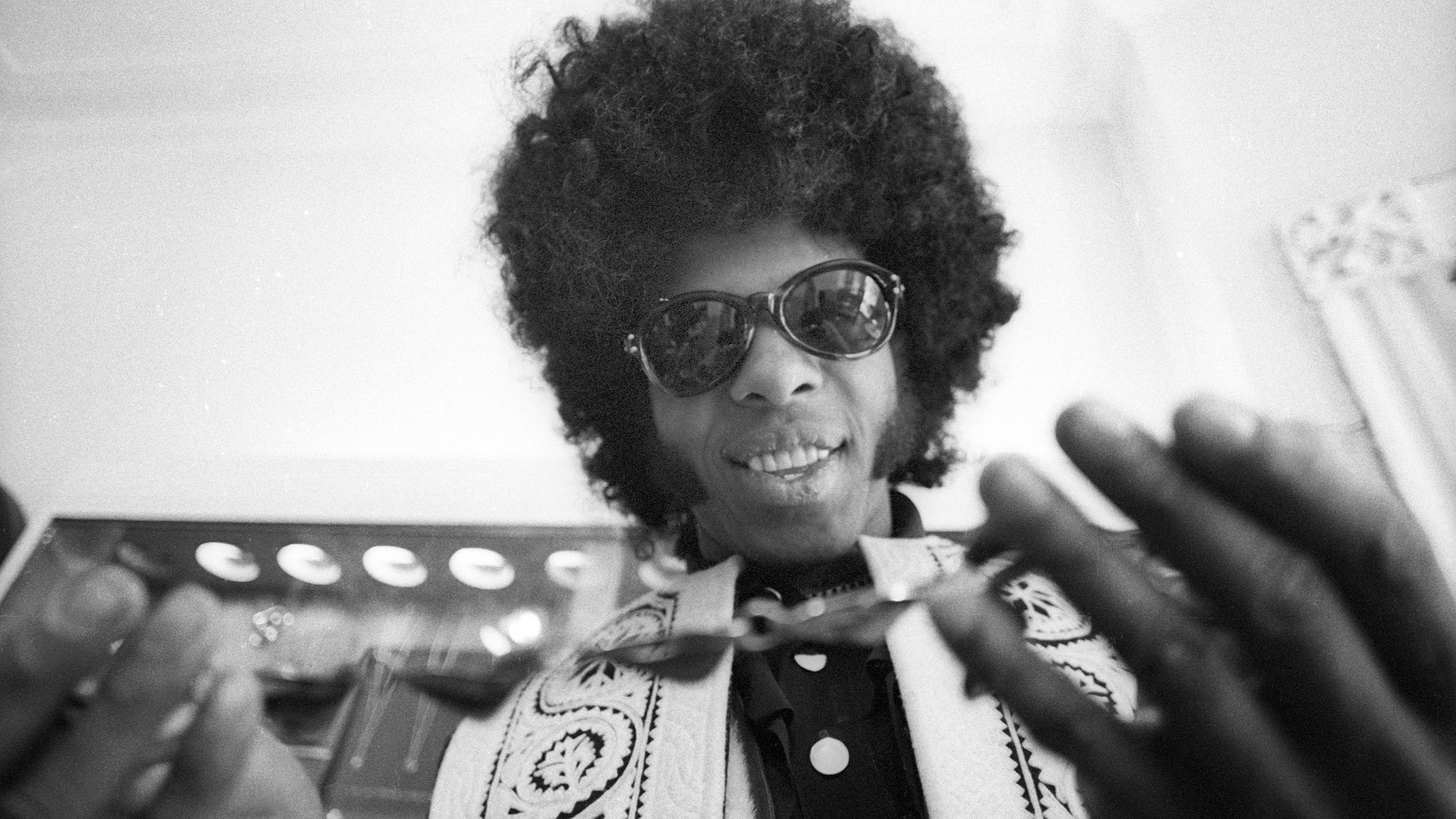Robert Rines
The inventor who hunted ‘Nessie’
Robert Rines
1922–2009
Inventor Robert Rines held more than 80 patents, including one for hinged chopsticks. A Georgetown University–educated lawyer, he founded New Hampshire’s only law school. Rines also wrote songs for more than 10 Broadway and off-Broadway productions. But he is best remembered for his decades spent stalking the Loch Ness Monster.
The Week
Escape your echo chamber. Get the facts behind the news, plus analysis from multiple perspectives.

Sign up for The Week's Free Newsletters
From our morning news briefing to a weekly Good News Newsletter, get the best of The Week delivered directly to your inbox.
From our morning news briefing to a weekly Good News Newsletter, get the best of The Week delivered directly to your inbox.
Born in Boston, Rines earned his bachelor’s degree at MIT, said The
New York Times. During and after World War II he developed electronic gear to improve radar and sonar images; his technology was used in Patriot missiles and helped locate “the wrecks of the Titanic and the Bismarck.” That background proved useful when, while honeymooning in Scotland in 1972, he claimed to see the loch’s fabled monster, which he said looked like an ancient plesiosaur. “It was maybe 45 feet in length with a neck 4 or 5 feet long,” he reported. In the ensuing years, he took many trips back to the area, “applying his sophisticated sonar techniques to find ‘Nessie.’” He captured many tantalizing underwater images, some of which appeared in the prestigious scientific journal Nature. His work was so persuasive that “scientists from Harvard and the Smithsonian expressed serious interest.” Rines even “hired a perfumer to concoct a scent to attract the creature and trained dolphins to carry cameras.”
Rines didn’t give up his quest until last year, though by then he had come to suspect that the creature may have died and he hoped to find a skeleton. “They can just call me crazy, and that’s okay by me,” he said. “At least I won’t go to jail for it, like Galileo.” He is survived by his third wife and three children.
A free daily email with the biggest news stories of the day – and the best features from TheWeek.com
-
 Is $140,000 the real poverty line?
Is $140,000 the real poverty line?Feature Financial hardship is wearing Americans down, and the break-even point for many families keeps rising
-
 Film reviews: ‘The Secret Agent’ and ‘Zootopia 2’
Film reviews: ‘The Secret Agent’ and ‘Zootopia 2’Feature A Brazilian man living in a brutal era seeks answers and survival and Judy and Nick fight again for animal justice
-
 Trump: Losing energy and support
Trump: Losing energy and supportFeature Polls show that only one of his major initiatives—securing the border—enjoys broad public support
-
 R&B singer D’Angelo
R&B singer D’AngeloFeature A reclusive visionary who transformed the genre
-
 Kiss guitarist Ace Frehley
Kiss guitarist Ace FrehleyFeature The rocker who shot fireworks from his guitar
-
 Robert Redford: the Hollywood icon who founded the Sundance Film Festival
Robert Redford: the Hollywood icon who founded the Sundance Film FestivalFeature Redford’s most lasting influence may have been as the man who ‘invigorated American independent cinema’ through Sundance
-
 Patrick Hemingway: The Hemingway son who tended to his father’s legacy
Patrick Hemingway: The Hemingway son who tended to his father’s legacyFeature He was comfortable in the shadow of his famous father, Ernest Hemingway
-
 Giorgio Armani obituary: designer revolutionised the business of fashion
Giorgio Armani obituary: designer revolutionised the business of fashionIn the Spotlight ‘King Giorgio’ came from humble beginnings to become a titan of the fashion industry and redefine 20th-century clothing
-
 Ozzy Osbourne obituary: heavy metal wildman and lovable reality TV dad
Ozzy Osbourne obituary: heavy metal wildman and lovable reality TV dadIn the Spotlight For Osbourne, metal was 'not the music of hell but rather the music of Earth, not a fantasy but a survival guide'
-
 Brian Wilson: the troubled genius who powered the Beach Boys
Brian Wilson: the troubled genius who powered the Beach BoysFeature The musical giant passed away at 82
-
 Sly Stone: The funk-rock visionary who became an addict and recluse
Sly Stone: The funk-rock visionary who became an addict and recluseFeature Stone, an eccentric whose songs of uplift were tempered by darker themes of struggle and disillusionment, had a fall as steep as his rise